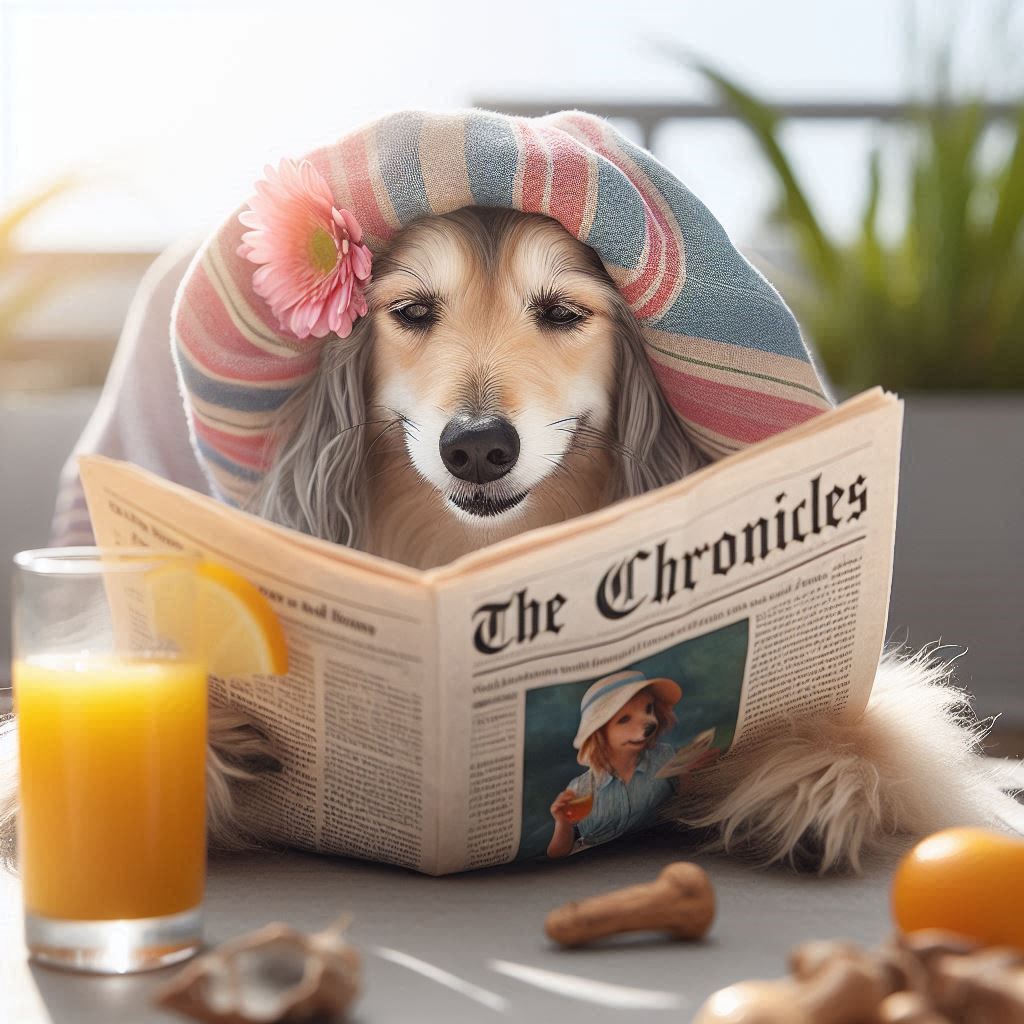GUIDE DOG GIVES MUM BACK HER CONFIDENCE AFTER RAPID VISION LOSS
Source: Stuff (Extract)
Posted: March 29, 2023
When Laura Kelmere began losing her sight and started crashing into trolley bays and poles, she realised she’d have to stop driving, but didn’t want to give up anything else.
The Christchurch woman had symptoms of retina dystrophy for a while, but it advanced quickly in 2020.
While retina dystrophy is a genetic mutation from birth, Kelmere’s early symptoms included struggling with depth perception, then losing her peripheral vision before finally everything became blurry.
She is legally blind, and describes her vision as “looking through a straw, but it is also blurry”.
She began avoiding public places like cafés, buses, malls, or anywhere she was likely to run in to people or objects, but in July last year everything changed for the better when she met her guide dog, Ryder.
He was a guide, a companion and a teammate, she said, and his arrival gave her the confidence to return to work and live her life.
“Although I am blind, I forget and try to do a lot myself and I hurt myself… He keeps me company, and he keeps me calm.”
Kelmere also has another teammate, her horse Pluto.
“He knew I was going blind before I did. I will get on another horse, and they will walk me straight into trees, he will always keep me out of harm’s way.
“If he could get on a bus, he would be my guide animal.”
She rode Pluto about 5 to 10km across New Brighton Beach in Christchurch every day.
“Sitting on my horse is my anti depressant. People say ‘how do you ride when you are blind’, but my horse has eyeballs.”
The 32-year-old accounts manager has two children, George and Sophie, and had no time to dwell when her sight began to disappear, she said.
“When you have kids, you don’t have time to feel sad for yourself. I just had to get on with it.
“I had to keep getting up to take them to school. I had to keep making them food and getting them to all their games and activities.”
Kelmere started to notice problems a few years back, but it became worse in 2020.
“After lockdown, I hadn’t been driving for so long. I went back to work, and suddenly it was like, ‘oh, this is really scary to drive – I should not be driving’.
“I took out trolley bays, poles, my parking was fantastic. I just bounced off them.”
She stopped driving and got a bike, but her vision kept getting worse.
“I got knocked over by a car on my bike coming home from work, so that was bye-bye bike.”
Eventually Kelmere reached for a cane, but she often fell over and started to feel vulnerable and scared, she said.
“People stopped seeing me as an adult. They’d say to my children, ‘you’re so good looking after your mum’.
“It was awful. I was losing control. I’ve got two small kids. I don’t have time for this.”
Receiving Ryder was the biggest gift, she said.
“When I got the phone call, I was out with my horse at the time, and they said, ‘Laura, you’re getting a guide dog’. I just dropped and started crying.”
“It felt like I have wings. The first thing we did was learn the school route, because I was so desperate at this stage, I didn’t know how to quickly get the kids to school or home safely from school.
“Ryder has given me back so much of my confidence, I couldn’t have even thought about working without him.”
It takes at least $50,000 to train a single guide dog.
Blind Low Vision NZ breeds about 100 potential guide dogs each year, of which about 40 will graduate. The waiting list for a dog is about 50, and it takes about two years for a person to be matched with a dog.
New Zealand has about 180,000 people who are blind, deaf-blind, or low vision, but this is expected to increase to 225,000 by 2028.





